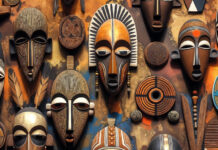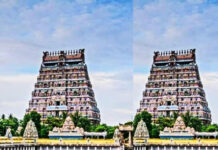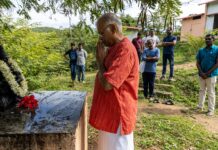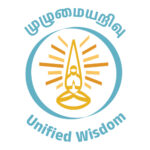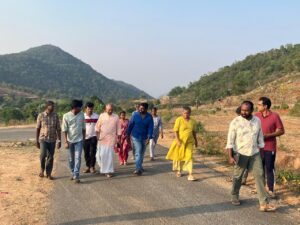
Dear Jeyamohan
I saw your video about meditation (dhyana) and yoga classes. Some people from my own family had sent me the link to the video, so I have known about these training camps for a while. But how are these different from the meditation and yoga classes that are nowadays organised everywhere else?
Arvindraj
Dear Arvind,
Meditation and yoga are much more popular today globally than they are in India. Three specific traditions among them are most prominent:
- A short and simple introduction to meditation was the Transcendental Meditation technique, which was propagated all over the world by Maharishi Mahesh Yogi. Many other improvements on this method are popular today.
- Yoga exercises were taken to the international stage by teachers like Tirumalai Krishnamacharya, B.K.S. Iyengar and T.K.V. Desikachar. Thanks to them, yoga has become an established practice all over the world now.
- Tibetan and Japanese Buddhist scholars introduced the Vipassana technique worldwide. Together these two have developed into new forms today. There is hardly any country in the world, including Islamic ones, where these exercises are not practised.
Why is such training needed? As the world is driven more and more by technological advances, every aspect of practical life right from education, professional life and entrepreneurial success seems to put us all in stiff competition with one another. Therefore, human beings are always expected to perform at their peak capacity to stay competitive. This is the unavoidable reality now.
An animal functions at the peak of its powers and efficiency only when it is hunting or being hunted. Adrenaline is secreted in order to create that rush of energy and alertness. It triggers an increase in the heart rate, blood pressure and blood glucose requirement. Under normal circumstances, any organism would need this rush only occasionally for survival, but many of us need it today on a daily basis. This is what makes us sick.
The present spike in conditions such as diabetes, hypertension, and heart disease is a result of this lifestyle, as is the increase in mental stress and cases of depression. The ubiquitous reports of pain in the neck, hip, back, and joints stem from the same underlying problem: these diseases are the fallout of our modern civilization.
Of course, many kinds of medical treatment exist for these diseases. In fact, in severe cases, one must definitely seek proper medical attention for them. However, yoga and meditation have been proven effective in either preventing these diseases or in managing these conditions, if mild, through lifestyle changes. That’s why they are famous everywhere.
We have found teachers who can train people in all these three techniques at a nominal cost. We also seek to avoid a couple of problems that usually crop in other places where such trainings are undertaken:
- Many organisations foreground an individual in promoting these exercises. They soon promote a cult of worshipping the leading figure or assume a religious affiliation and centre devotional practices. Here, we keep out any kind of worship or rituals. People of all religions and even atheists can participate.
- Many organisations run these programmes through a franchise model. This allows anyone who has completed one year of training to conduct these sessions for others. We avoid adopting this model because we believe that meditation and yoga are not mere exercises of the body and mind. To learn them properly, one needs a proper teacher who is fit to occupy the status of a guru. He must be completely aligned mentally with the students and be capable of guiding them for life. He must be a mature personality trained in philosophy and spirituality. Such are the teachers we have chosen.
Our training programmes are conducted by Guru Soundar (Yoga), Thillai Senthil Prabhu (Meditation) and V. Amalan Stanley (Vipassana). They are not just trainers, but great teachers and guides too.
Jeyamohan
Translated by Iswarya
Related Articles
